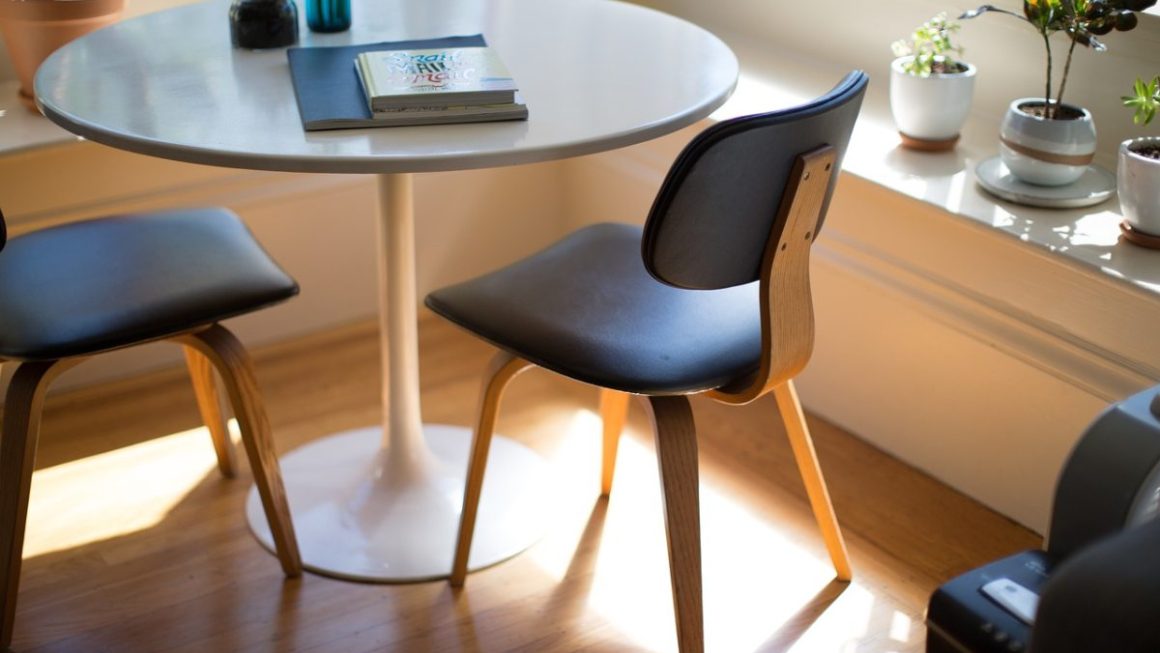Basics Of Landscaping: If you are unsure of how to style your garden, don’t sweat it! Our landscaping team is here to help make sure that your dream lawn becomes a reality. We discuss the basic principles of landscape design in this article and will provide tips for preparing an effective plan.
First Things First:
It is crucial to think about the conditions in your backyard before you begin working on a garden design. If not, it will never look like what you wanted! No matter which style of garden that interests you most, this rule applies to every one of them.
A good place to start when designing any type of outdoor space is by thinking about where trees and other plants are located around your home so they don’t interfere with how well things grow indoors or out-of-doors. This way everything comes together perfectly all while compatibility between plant life isn’t compromised either while Landscaping in Scottsdale
Architecture
Picking out the design of your landscape needs to go with your own home and interior designs. You want outside space that reflects inside space, which gives a good sense of balance and cohesion, as well as tying flowers and plants into style structure for the chosen landscape design.
When thinking about what kind of outdoor area you wish to create it is important to be aware of where sunlight falls longest in order not only to consider whether or not certain types will flourish but also how much energy they need throughout different seasons (e.g., year-round).
Furthermore, knowing the position of your plants will help you to better plan out where trees are or should be. This can come in handy when there is already a tree near one that you wish to grow, which could block sunlight from reaching it altogether.
Air Quality And Wind Direction
Sunlight, Air Quality, and Wind Direction in the Yard
If you live near a busy part of town or there are lots of traffic nearby, think about how that will affect your plants. You’ll want to make sure they get enough sunlight so remember where those spots are as well! Also, consider wind direction – if it’s an area with strong breezes all year long then maybe this isn’t best for planting trees and other tall plants. Keeping air quality in mind; places like parking garages cause pollution which can damage delicate foliage over time.
The wind can change in direction and strength throughout the day. This affects plant growth, so take note of this to grow healthy plants.
Soil Texture And Depth
Look into which areas of your lot have shallow and rocky dirt or more depth and texture for planting. This will help give room for plant roots as they grow larger over time. Also consider whether there are any naturally occurring obstacles such as trees that may limit sunlight from hitting certain parts of the soil if natural light isn’t sufficient enough – this can affect growth rates significantly.
Check out which areas on your property might be shallow or rocky. You can research more about what type of dirt you need in order to plant successfully!
Pets Around The Yard
With spring on the way, it’s time to think about your pets – and what is in their best interest. If you have dogs or cats that go out into your yard often, make sure there are pet-friendly flowers, shrubs, and trees for them too! You might also need a low-rise fence so they stay away from garden beds. It would be tragic if they harmed seedlings or did their business inside of one.
Designing Your Landscape:
Many people think that designing their landscape is difficult, but it’s actually not. There are certain steps to follow in order for you to end up with the perfect design!
Getting the Dimensions of your yard From a blueprint
If you can, it’s far better to get the specific dimensions of your yard from your house’s blueprint. This way, you get an overview of how large or small each section will be and what style is most suitable for these measurements.
This also helps if this is a new area where they don’t have ancient history because there aren’t any historical buildings that might still exist in its place today so we need to know all our design options before picking out plants and trees as well as neighborhood restrictions on color schemes etc.
Designing Bouquets
The main rule for designing a bouquet is to choose the star of your garden and base everything else off of it. All flowers in an arrangement have different purposes, so picking out which one will be used as a focal point has lasting implications on the design overall. In fact, this flower should also become its own special type called “the hero” or “heroine” that takes center stage when you display them together. The reason being they are usually very vibrant with lots going on! For example: If you picked gerbera daisies (which happen to make amazing cut flowers) then think about what kind of leaves would look good next to these bright yellow-orange petals? You might want something neutral like green.
Garden Style
In a garden, there are many things to consider. If you want a space for playtime and gatherings with friends or family members, it is important that your yard has enough room to move around while enjoying the beauty of nature in this area. On the other hand, if relaxation and rest are more your style then strike a balance between lawns and planting areas so that you have an even amount of both!
Borders And Edging
It’s also important to know the most ideal kind of materials for your garden borders and edges. Whether it’s wood, brick, stone or anything else, think about your theme and style. Make sure to complement with main flower accents from the material you’ll use!
Putting It All Together
Now you need to bring together all your chosen landscape design elements: plants, flowers, shrubs with foliage —and don’t forget color! It’s important to consider how well they match each other in size, shape, and texture—make sure nothing clashes or is too similar so everything flows nicely.
Also Read: Beauty With Makeup Which Does Not Last Long!




